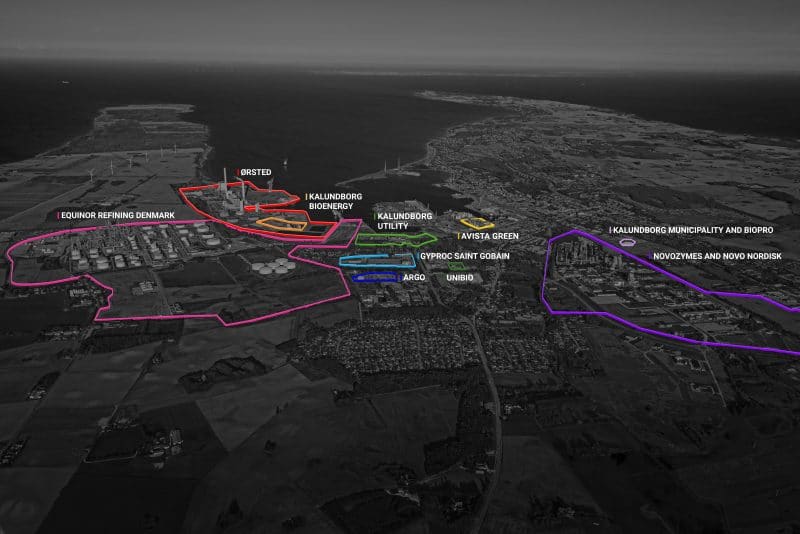Solution provider

Case
Bioenergy
Industrial symbiosis


Add the case to your visit request and let us know that you are interested in visiting Denmark
It takes one and a half years for nature to replenish and regrow what the planet’s inhabitants consume in one year. While we have made great strides in resource efficiency, this is not enough to halt the damage to our planet. We require a new way of thinking and a new economic model. An example of this is industrial symbiosis. An industrial symbiosis is a commercial collaboration where the residual waste from one enterprise is used as a resource by another enterprise – resulting in mutual economic and environmental benefits through a sustainable usage of raw materials and a reduction of energy consumption.
The biogas and fertiliser potential in residual biomass from local biotech plants such as those of Novozymes’ and Novo Nordisk’s is utilised at a local biogas plant, called Kalundborg Bioenergy. At Kalundborg Bioenergy, biogas is produced, which is subsequently upgraded to natural gas quality through a refining process where, among other things, carbon dioxide and sulphur hydrogen are removed from the product, to be used as a resource for other companies. The natural gas is sent to local companies such as Gyproc Saint-Gobain and Equinor Refining Denmark, and further out to consumers through the natural gas grid. Sulphur from the hydrogen sulphide fraction is collected and recovered as a subcomponent in fertilisers based on the biogasified residual biomass.
Kalundborg Symbiosis demonstrates the circular economy in real life: residue is used for energy production in a local set up, saving transportation costs on both biomass (supply) and fertiliser (output) over long distances. Manufacturing technology has been changed so that lime is no longer added to the same extent as before, not only saving money, but also resulting in a much more usable product for local farmers. The cooperation ensures local companies obtain a green energy supply at the same time as resources are being used, shared and saved in a sustainable way.